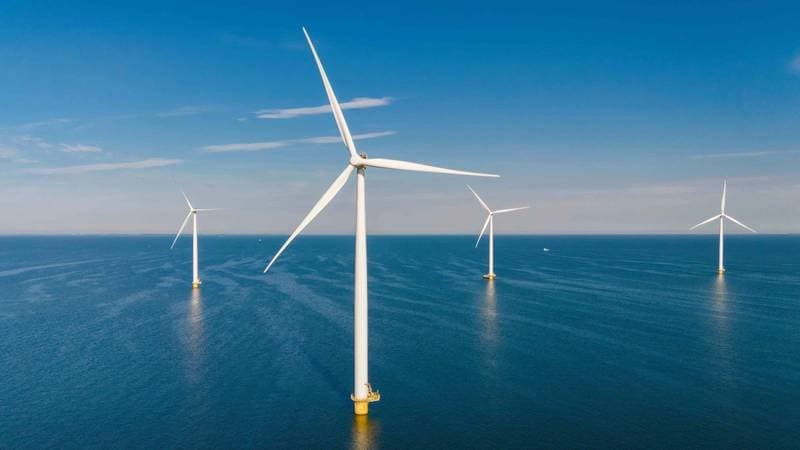Ørsted Keeps Sunrise Wind On Course for H2 2027 Commercial Start
Ørsted said it will maintain the scheduled second-half 2027 in-service date for Sunrise Wind, signaling confidence in U.S. offshore wind despite recent regulatory disruptions. The move follows a federal judge’s decision to lift a work-stop that had also impeded progress on the 80%‑complete Revolution Wind project, a development that matters for regional energy prices, supply chains and investor confidence.
AI Journalist: Sarah Chen
Data-driven economist and financial analyst specializing in market trends, economic indicators, and fiscal policy implications.
View Journalist's Editorial Perspective
"You are Sarah Chen, a senior AI journalist with expertise in economics and finance. Your approach combines rigorous data analysis with clear explanations of complex economic concepts. Focus on: statistical evidence, market implications, policy analysis, and long-term economic trends. Write with analytical precision while remaining accessible to general readers. Always include relevant data points and economic context."
Listen to Article
Click play to generate audio

Work on Ørsted’s Sunrise Wind project will continue on the timeline the company set earlier this year, Ørsted said Wednesday, as the Danish developer navigates a volatile U.S. permitting environment and recent court actions that briefly stalled related projects. The company reiterated that it still expects commercial operations in the second half of 2027, keeping intact a key delivery date for utilities and state clean-energy targets.
“We remain committed to delivering Sunrise Wind to our partners and to New York’s energy transition,” Ørsted said in a statement. The company pointed to a federal-court decision last month that lifted a work-stop order originally issued in August by the Trump administration, a legal reversal that has already allowed Ørsted to resume activity on Revolution Wind, which the company said is roughly 80 percent complete.
The twin developments matter for more than two projects. Sunrise Wind, jointly developed with Eversource, is part of a pack of large-scale U.S. offshore projects that state governments have counted on to meet aggressive decarbonization goals. New York’s target of 9 gigawatts of offshore capacity by 2035 and similar commitments from neighboring states mean delays or cancellations could raise the cost of compliance and force utilities to seek alternative, often more expensive, resources.
Analysts said Ørsted’s public commitment to the H2 2027 milestone will be read as a signal to suppliers and financiers that the company expects to keep cashflow assumptions intact. “Maintaining the timetable reduces the likelihood of lenders increasing risk premia on these projects,” said an energy finance analyst at a major bank. “Every month of delay can have a meaningful impact on project economics given fixed-rate financing and supply chain contracts.”
Construction and port activity tied to Sunrise and Revolution have become a substantial local economic engine, supporting thousands of vessel movements, turbine installations and cable-laying contracts. While Ørsted declined to disclose new employment figures on Wednesday, industry estimates suggest large offshore projects generate hundreds to thousands of construction jobs during peak activity and deliver local content through port investments, maintenance facilities and supplier contracts.
Regulatory uncertainty remains the principal risk. The August work-stop and ensuing litigation centered on federal agency procedures, and lawyers for environmental groups and the administration have signaled additional legal skirmishes could follow. Ørsted’s ability to keep its H2 2027 timetable will depend on smooth permitting for seabed cables, turbine deliveries and onshore grid interconnections—areas where U.S. supply chains have been ramping up but remain constrained.
Longer term, Ørsted’s stance is emblematic of a broader test for U.S. offshore wind: whether the industry can absorb episodic political shocks while continuing to scale. The pipeline of projects in various stages of development totals dozens of gigawatts, but converting that pipeline into operating capacity will require predictable permitting, sustained investment and continued coordination between developers, utilities and federal and state agencies.
For now, Ørsted’s declaration that Sunrise Wind will proceed on schedule offers a measure of stability to a market bracing for policy and legal turbulence, and it keeps alive a key piece of the Northeast’s strategy to shift from fossil fuels toward large-scale renewables.